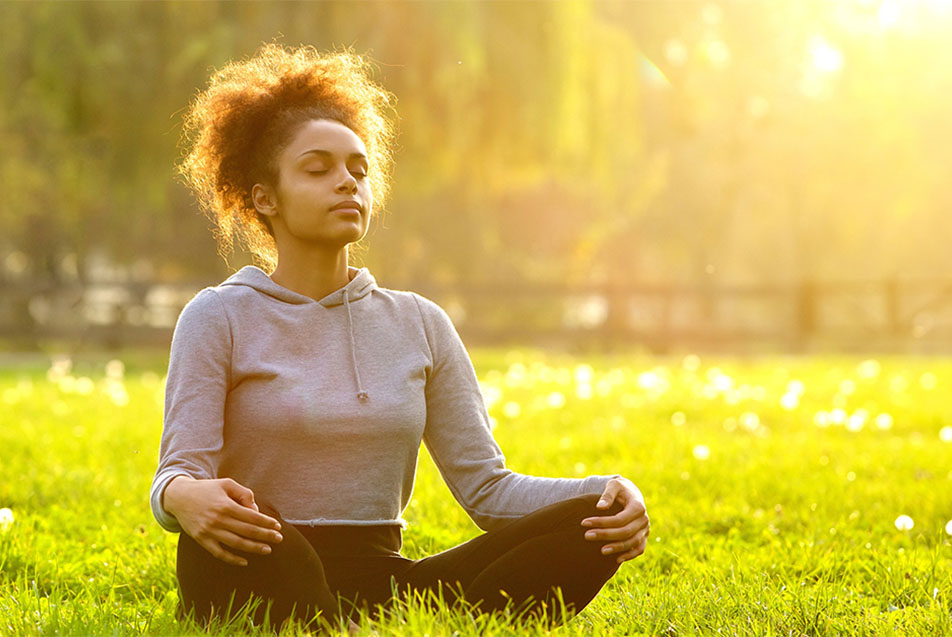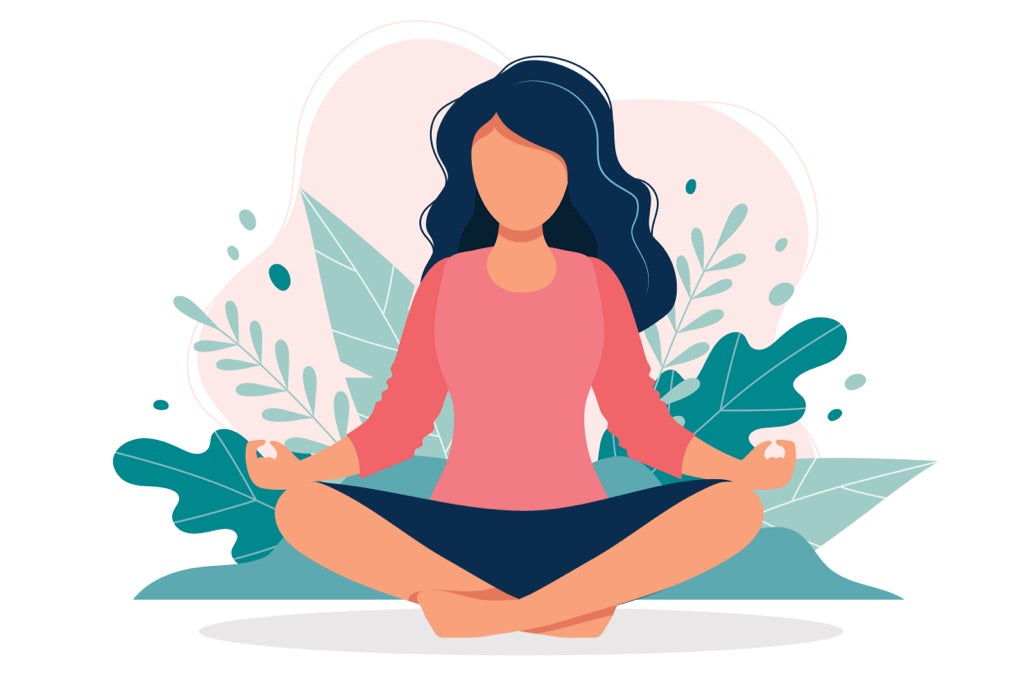How to Meditate? Discovering Different Approaches for a Serene Mind
How to Meditate? Discovering Different Approaches for a Serene Mind
Blog Article
Begin Your Trip: Basic Steps on Just How to Meditate for Newbies
Reflection, commonly viewed as an elusive method reserved for the knowledgeable, can really function as a fundamental device for anyone looking for clarity and calmness in their daily life. By understanding its standard principles and developing a helpful environment, beginners can unlock the possible advantages of this practice. As you start to explore the crucial actions-- such as mastering and discovering an appropriate room breathing strategies-- you may uncover challenges that might boost your experience. The trip of meditation holds even more depth than one might anticipate, inviting more exploration right into its transformative elements.
Understanding Meditation Basics
Meditation acts as an effective device for enhancing mental clarity and emotional well-being. At its core, reflection is a practice of concentrated focus and understanding, allowing individuals to grow a much deeper understanding of their emotions and ideas. By involving in this discipline, experts can achieve a state of leisure and mindfulness, which can substantially lower stress and anxiety and anxiety levels.
Recognizing the essentials of reflection entails acquainting oneself with numerous methods, such as mindfulness, loving-kindness, and transcendental reflection. How to meditate?. Each technique has its distinct strategy, yet all share an usual objective: to promote a sense of inner tranquility and self-awareness. Novices need to begin with easy methods, such as concentrating on the breath or observing thoughts without judgment
Developing a normal meditation regimen, also if just for a few minutes each day, can generate considerable advantages over time. Inevitably, reflection is not merely an escape from fact; it is a profound trip towards better self-discovery and overall mental health.
Finding Your Suitable Space
Developing a conducive setting for reflection is crucial for maximizing its advantages. Your chosen space should promote harmony, permitting you to concentrate inward without distractions. Begin by picking an area that feels secure and comfy, whether it be a silent edge of your home, a garden, or a neighborhood park.
Following, think about the atmosphere. Soft lighting can enhance relaxation, while all-natural light can revitalize your spirit. Guarantee the room is devoid of clutter, as a tidy atmosphere promotes a clear mind. Additionally, including elements like plants, candle lights, or relaxing artwork can help establish a serene ambience.
Sound plays a significant duty in your meditation room. Go for a quiet area to minimize disruptions, or utilize soft background songs or nature seems if you discover silence distressing (How to meditate?). The temperature level ought to additionally be comfy; neither as well cool neither also hot, to stop distraction during your method
Finally, individualizing your room with purposeful objects-- such as crystals, pictures, or significant quotes-- can develop a deeper link to your method. By attentively curating your setting, you established the phase for an extra extensive and effective meditation experience.
Selecting a Comfy Position
Finding the right position for reflection is essential to preserving emphasis and comfort throughout your method. The optimal stance enables both physical stability and mental awareness, making it simpler to focus on your reflection goals.
If this more setting is unpleasant, take into consideration utilizing a padding to elevate your hips, which can ease strain on your knees and back. A chair can offer the needed support, permitting your feet to rest level on the ground, making sure security and comfort.
You may likewise select to exist down if resting is not appropriate for you, yet be mindful, as this can lead to sleepiness. Inevitably, the finest placement is one that really feels natural to you and allows you to keep focus, promoting a much deeper link with your reflection method.
Breathing Methods to Begin
Starting your reflection exercise with efficient breathing strategies can considerably improve your experience. Breath acts as the structure of meditation, giving a focal point that helps secure your mind and grow mindfulness.
To begin, exercise diaphragmatic breathing, which involves the diaphragm and advertises deeper inhalation. Hold your breath for a matter of four, then breathe out slowly via your mouth for a count of six, permitting your abdomen to drop.
An additional helpful method is the 4-7-8 method. Breathe in with your nose for a count of 4, hold your breath for 7 counts, and breathe out slowly via your mouth for 8 matters. This pattern not just relaxes the mind yet additionally minimizes anxiety, making it much easier to clear up into your reflection method.
Explore these techniques to discover what reverberates ideal with you, and remember to preserve an unwinded pose and an open mind as you begin your trip right into meditation.
Tips for Consistency and Growth

Developing a welcoming meditation space is also vital. Pick a peaceful area where you really feel comfortable and totally free from disturbances. Having a committed area reinforces your dedication and motivates you to return continually. Furthermore, consider utilizing guided reflections or reflection applications, which can supply structure and range to your sessions.
Begin with brief periods, gradually boosting the time as you become a lot more comfy. This incremental approach not only makes meditation much less complicated yet additionally enables your technique to expand organically. Tracking your progress in a journal can likewise be valuable; noting your experiences and feelings after each session can boost self-awareness and motivation.
Finally, keep in mind that meditation is an individual journey. Endure on your own and accept the learning process, understanding that uniformity and development are constructed with time.
Conclusion
In conclusion, meditation serves as an important technique for promoting mental clarity and psychological health. By understanding the basic concepts of reflection, choosing a proper space, embracing a comfy posture, and utilizing efficient breathing methods, people can embark on a meeting reflection trip.
Understanding the basics of reflection involves acquainting oneself with various techniques, such as mindfulness, loving-kindness, and copyright. Inevitably, the ideal placement is one that feels all-natural to you and allows you to keep emphasis, facilitating a deeper link with your reflection method.
Establishing a normal meditation technique can significantly improve your mindfulness journey and personal growth. Furthermore, consider using guided reflections or reflection applications, which can offer structure and selection to your sessions.

Report this page